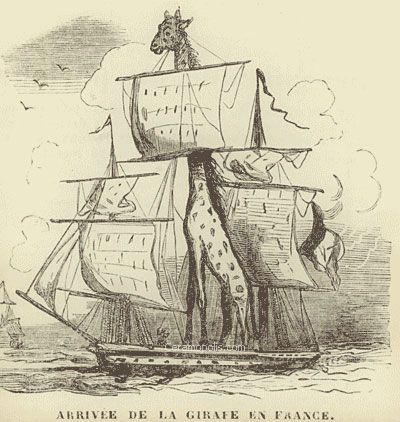Attending the Giraffe
DOI:
https://doi.org/10.52537/humanimalia.9612Abstract
In this article I compare the story of the first contact tribute giraffe sent from Bengal to China in 1414 with the story of April, the famously web-cam pregnant giraffe of 2017. Both giraffes were transported by new technologies that brought together geographically dispersed people through a notable event. Both giraffes had to be conveyed from natural habitats into confinement, from distance into quasi-intimacy with European and global observers, from matriarchal family structure into an individual with a face that could at least hypothetically look back at its human viewer. The space between these two events has been marked by the emergence of a capitalist world order together with growing public anxiety about environmental risk. This shared precarity, commonly named the Anthropocene, is widely conceptualized as the result of human domination of and estrangement from nature. But the history of the giraffe reminds us that some people were estranged from nature, while others were defined by and exploited precisely because of their proximity to its resources. Each step of being made visible has relied on something else being made invisible.
The double act of foregrounding and disappearing has discursively shaped both our relations with animals and the visual aesthetics of modern culture. To borrow Marshall McLuhan’s well-known phrase, the medium is the message, and in this article, the medium is an animal. Two giraffes, two historical eras, two distinct sociopolitical and technological situations. Why giraffes, and what are they mediating?
Downloads

Published
Issue
Section
License

This work is licensed under a Creative Commons Attribution-NonCommercial 4.0 International License.


